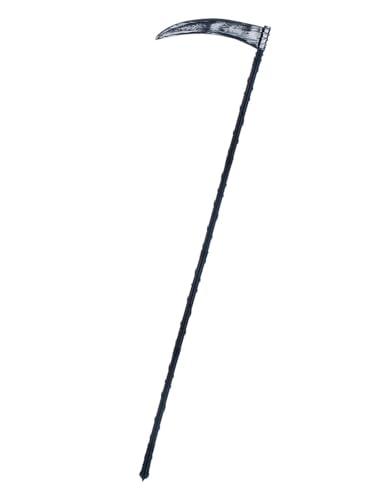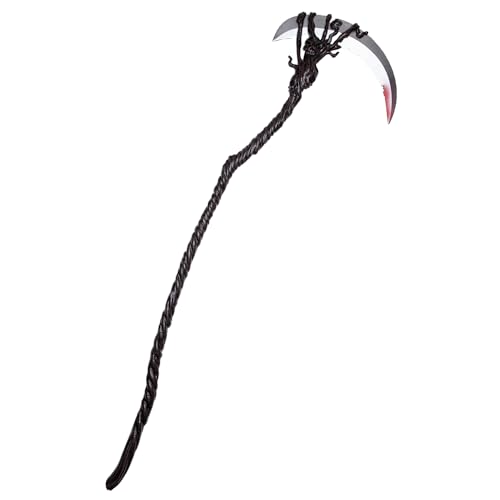Understanding the Lifespan of a Scythe Blade
Scythes have been used for centuries as an efficient tool for cutting grass and harvesting grain. However, like any tool, the scythe blade will eventually wear out and need to be replaced. The lifespan of a scythe blade can vary depending on several factors, including the quality of the blade, the frequency of use, and the conditions in which it is used. In this article, we will explore how long a scythe blade can last before needing to be replaced.
Factors Affecting the Lifespan of a Scythe Blade
1. Quality of the Blade: The quality of the blade plays a significant role in determining its lifespan. High-quality blades are typically made from durable materials such as carbon steel or stainless steel. These blades are designed to withstand heavy use and are less likely to chip or become dull quickly. Lower-quality blades, on the other hand, may need to be replaced more frequently due to increased wear and tear.
2. Frequency of Use: The more frequently a scythe is used, the faster the blade will wear out. If you use your scythe regularly, such as for maintaining a large lawn or cutting grass for livestock, it’s recommended to inspect the blade regularly for signs of wear and replace it as necessary.
3. Conditions of Use: The conditions in which the scythe blade is used can also impact its lifespan. For example, if the blade is frequently exposed to moisture or corrosive substances, it may rust or deteriorate more quickly. Additionally, cutting through heavy and dense vegetation can put extra strain on the blade, causing it to wear down faster.
Signs That Your Scythe Blade Needs to be Replaced
1. Dullness: A dull blade is less effective at cutting and may require more effort to use. If you find that your scythe is not cutting as smoothly or efficiently as it used to, it may be time to replace the blade.
2. Chips or Nicks: Over time, the blade of a scythe can develop chips or nicks. These imperfections can affect the cutting performance and may also pose a safety hazard. If you notice any visible damage to the blade, it’s important to replace it promptly.
3. Rust: If your scythe blade is exposed to moisture or not properly maintained, it may develop rust. Rust can weaken the blade and make it less effective. If you see signs of rust on your blade, consider replacing it to ensure optimal cutting performance.
How to Extend the Lifespan of a Scythe Blade
1. Proper Maintenance: Regular maintenance can help extend the lifespan of a scythe blade. After each use, make sure to clean the blade thoroughly and dry it to prevent rust. Additionally, sharpening the blade regularly can help maintain its cutting performance.
2. Storage: Storing the scythe in a dry and well-ventilated area can help prevent rust and other forms of damage. Consider using a scythe cover or blade guard to protect the blade when it is not in use.
3. Technique: Using the scythe correctly can also contribute to its longevity. Avoid striking hard objects with the blade, as this can cause damage. Additionally, ensure that the blade is properly aligned and sharp before each use to maximize its cutting efficiency and minimize strain on the blade.
In conclusion, the lifespan of a scythe blade can vary depending on several factors. High-quality blades, used infrequently and under favorable conditions, can last for several years. However, blades made from lower-quality materials or used more frequently in harsh conditions may need to be replaced more frequently. By properly maintaining and caring for your scythe blade, you can help extend its lifespan and ensure optimal cutting performance.






